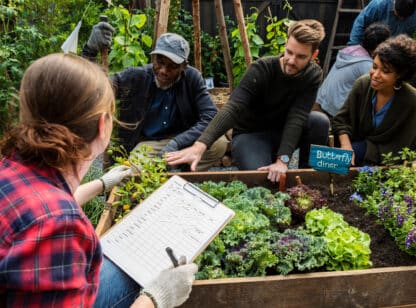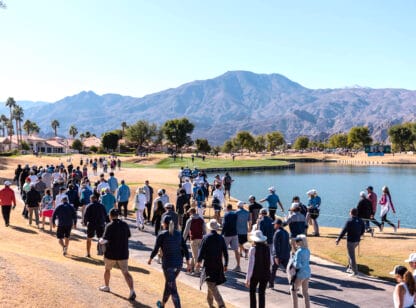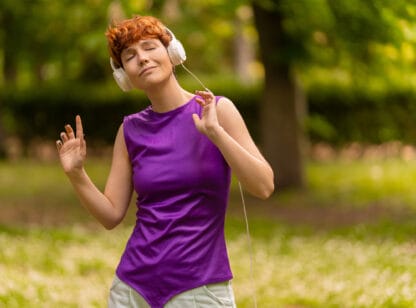When we were kids, it seemed like there was nothing we couldn’t do, from climbing walls, to jumping off roofs, skateboarding on handrails, and even skiing down double black diamonds. Then it happens, age sets in; it’s twenty years later and while stepping down off a tall ladder, you miss a step and down you go, slamming to the ground in tremendous pain and with possible broken bones. What happened?
I hear stories from clients saying they have climbed ladders all their lives without a problem, then all of a sudden, they just don’t seem to have the strength in their legs like they once did. Some say there are times they can’t feel their toes, but they simply blame it on aging.
These stories are very real and our aging population is increasingly prone to falling due to lack of balance and strength.
One of the key components to preventing falls is spatial awareness of one’s surroundings. As we age, we lose the ability to feel the ground due to diminishing proprioception. When starting a client in balance conditioning, I often begin by teaching individuals to always pick up their feet and not to bend forward to look at the ground. At first, mostly due to weakness, they will scoot across the floor and walk very stiffly and guarded, leaving them prone to falling.
When considering an exercise program for fall prevention, ensure that it addresses all of the following:
Balance: In addition to the traditional standing on one foot, reaching forward for an object at different heights is a good exercise, especially as this is a necessity at home. Sitting on an exercise ball and shifting weight in all directions with both feet on the ground is also a good practice.
Agility: I recommend practicing agility using ladders (with a qualified practitioner, of course) to incorporate multidirectional movements like high knees forward and sideways, the tricky shuffle cross over step, and facing the ladder moving in/out, etc.
Strength: The legs seem to give out first as we age; they start to feel heavy and sometimes hurt. Doing useful leg exercises such as sit-to-stand squats with a hip hinge are the best due to the fact that there is no weight on the spine and movement can be easily controlled. Upper body general strengthening may include standing cable chest presses where one must brace to perform the exercise.
Flexibility: As we age, joints begin to deteriorate, tendons and ligaments become less resilient, and muscles become tighter with compromised blood flow. A daily stretching program will help structures from becoming stagnant, can increase blood flow, and help joints to start feeling better.
The optimal program is one that has all the above phases in them, emphasizing good posture, good body control, and spatial awareness.
Michael K Butler B.A.;P.T.A.;CSCS*D;RSCC*D NMT is co owner of Kinetix Health and Performance Center in Palm Desert. He holds a state license as a physical therapist assistant, national certifications of distinction through the NSCA as a strength and conditioning coach, Poliquin International state coach and as a Full Body Active Release techniques practitioner. He can be reached at (760) 200.1719 or michael@kinetixcenter.com.










































Comments (0)